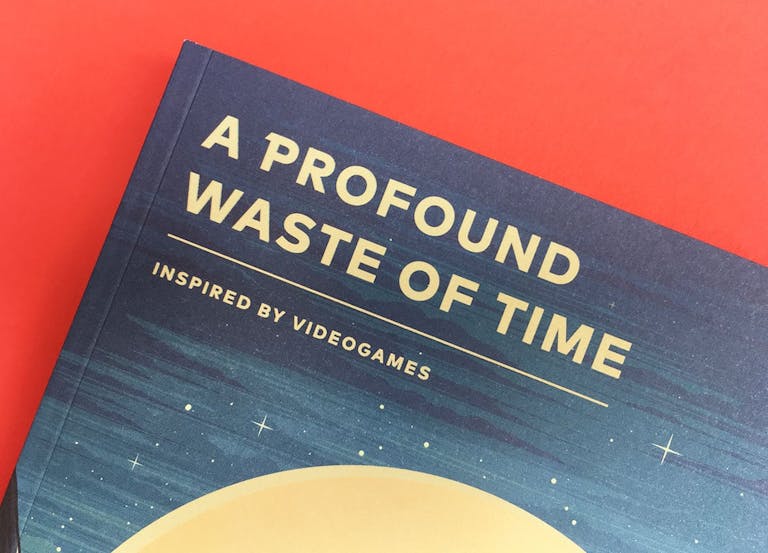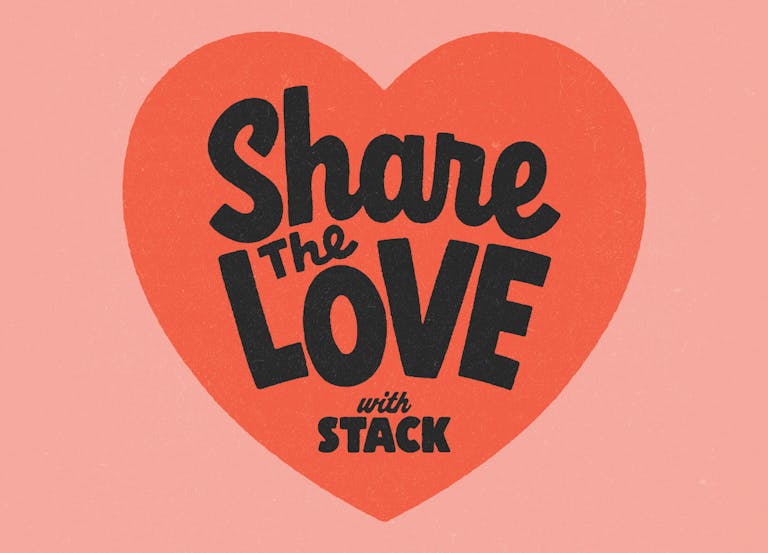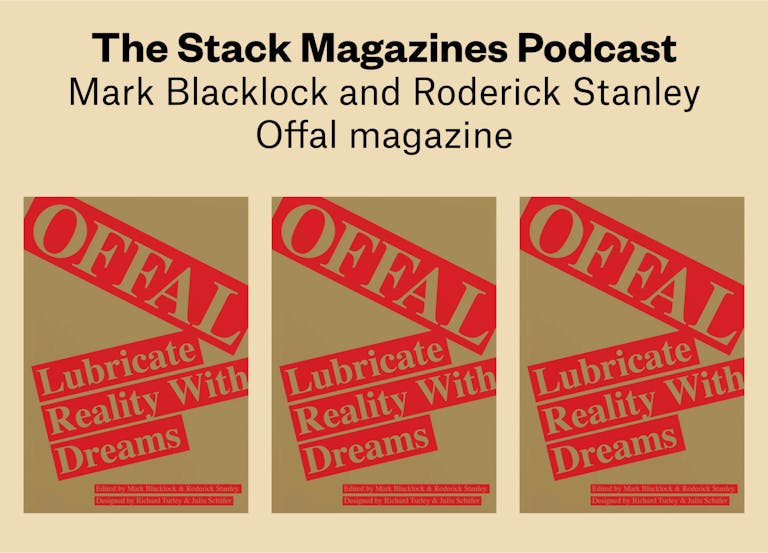Why is this magazine printing the internet?
Translated from French, Nichons-nous dans L’Internet means ‘hiding in the internet’. But ‘nichons’ means boobs as a stand alone word, which makes sense, because this is a magazine that wants to print the internet’s best bits. The bilingual (French/English) publication features images familiar to any computer user — Google Street View, gaming avatars, futuristic 3D renderings. But when you start reading its content, astonishing stories start to unfold.
For their sixth issue, we learn about the hacking of the ancient Nefertiti Bust, from Neues Museum in Berlin with 3D printing. We encounter a fictional agency offering services to trick and conceal property from government satellite surveillance. A 2017 edition of Catfish is told in a first person story. Read on to find out more in our interview with editors Julien Achard, Énora Denis and Alexandre Léchenet.

Why did you want to print the internet?
The internet is going way too fast nowadays, like a glass of water being filled by a spring, and we wanted to pause it. And we decided the best way to do that would be to print it. We can’t print out the whole internet (some have tried :p), so we’d rather select what we like. We even printed a book of the Google Search histories of Albertine Meunier, a digital artist pursuing the same mission as us.
Even though the topics in the magazine are embedded with digital art and culture, I never once felt the need to go to my phone and look up something. Is this separation of on/offline intentional?
Yes it is. We’re really like that you’re noticing this because it’s our purpose too. The main idea is to pause the stream, and reading the magazine should feel like that too. (We should’ve mentioned something like, “best read without wifi”.)
In the feature ‘labeur.club’, multiple incarnations of the same thing fills each page, which is especially interesting as the shocking story of identity theft through online gaming followed. Could you tell us about putting this story together?
The articles order is quite spontaneous during the layout phase, but we try to create subtle resonance and links between them. As there are no themes to each issue, and no headings, there’s no intentional reading order. The reader is encouraged to wander the pages and create new links we didn’t think about.

Could you tell us more about the idea behind the cover story, ‘Crash Kisses’?
The cover is from a project by artist Rollin Leonard (in collaboration with his brother Tad Leonard). We’ve followed his work for a long time, and only now did we dare to contact him for this issue. We’re really proud to showcase his work. Crash Kiss is an animated project but he agreed to give us stills to use in the magazine. Showcasing video or animated project is not an easy thing to do with a printed format, you have to make bold choices to show the work’s spirit. That’s why we used the whole front and back cover of the magazine this time.

There seems to be an undertone of resistance in the issue, from the liberation of Nefertiti through 3D printing, to Unreal Estate resisting the government satellites, and Internet Archive’s precautionary preservation.
That’s why we love the internet. Although we don’t have a main theme for each issue, the serendipity makes some links emerge between stories. And if ‘resistance’ comes to your mind, maybe it’s because that’s the core of the net. What is certain is that, even though we talk about web cultures, we try to remind people that the internet is a game of powers and it’s not always as decentralised as we think.
Lastly, what’s your favourite reddit thread? (Mine is /r/oddlysatisfying/)
reddit.com/r/todayilearned





—
We send out a different, surprise independent magazine every month. Sign up to Stack and get our favourite magazines delivered to your door






